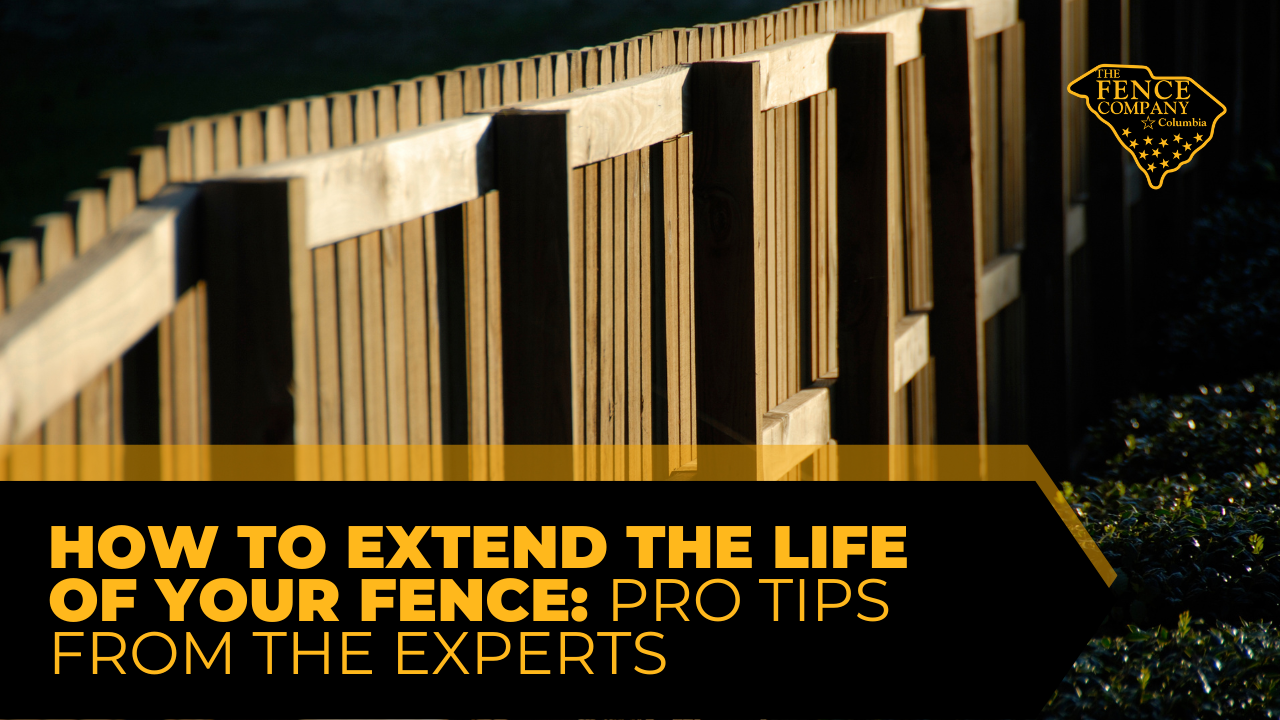
Your fence is more than just a boundary—it’s a key part of your home’s curb appeal, privacy, and security. But like anything exposed to the elements, it won’t last forever without some TLC. Whether you’ve got a wooden privacy fence, a vinyl barrier, or a metal enclosure, proper care can add years to its lifespan. We’ve rounded up the best expert-backed tips to help you keep your fence looking great and standing strong for as long as possible.
1. Choose the Right Material for Your Climate
First things first—longevity starts with the right choice. If you’re building a new fence or replacing an old one, consider your region’s climate. For instance:
- Wood works well in dry climates but may rot faster in humid or rainy areas.
- Vinyl is low-maintenance and resists moisture and insects but can crack in extreme cold.
- Metal (aluminum or steel) is durable but may rust if not properly coated in wet environments.
Experts recommend working with local fencing professionals who understand what materials perform best in your area.
2. Inspect Regularly for Damage
Take a walk along your fence line every few months. Look for:
- Loose boards or posts
- Rust on metal parts
- Cracked vinyl panels
- Insect damage
- Signs of rot or mildew
Catching small issues early can save you from major repairs down the road.
3. Clean It at Least Once a Year
A good cleaning removes dirt, mildew, and grime that can break down your fence over time. Use:
- A pressure washer (on low setting for wood)
- Mild soap and a brush
- A 1:1 vinegar-water solution for mold or algae
Be gentle with wooden fences to avoid splintering.
4. Seal, Paint, or Stain Wooden Fences
Wood is naturally vulnerable to water, sun, and pests. Applying a high-quality sealant or stain every 2–3 years will:
- Repel moisture
- Block UV rays
- Enhance appearance
- Prevent cracking or warping
Choose a product with both waterproofing and UV protection, and always apply it to clean, dry wood.
5. Keep Plants and Sprinklers Away
While climbing vines may look charming, they can trap moisture against the fence and promote rot or rust. Similarly, avoid placing sprinklers too close—constant moisture can be damaging over time. Maintain at least a few inches of space between vegetation and your fence to ensure airflow.
6. Ensure Proper Drainage Around Fence Posts
Standing water at the base of fence posts is one of the biggest culprits behind premature failure. Make sure:
- Soil slopes away from the fence
- Posts are set in concrete and elevated slightly
- You check for pooling after heavy rain
7. Fix Small Problems Promptly
Don’t put off repairs. Tighten loose screws, replace damaged pickets, and patch small holes as soon as you notice them. Preventative maintenance like this can stop a small issue from turning into a full section collapse.
8. Consider Protective Caps and Hardware Upgrades
Caps on wooden posts help prevent water from seeping into the grain. Upgrading to rust-resistant screws, brackets, and hinges can also prolong the life of metal or vinyl fences.
Call in the Pros
If your fence is old, damaged, or just in need of a tune-up, don’t wait until after the storm to fix it. Let the pros at The Fence Company inspect and secure it now.
📞 Call us at (803) 566-0172 for a free storm-readiness inspection or repair quote.


